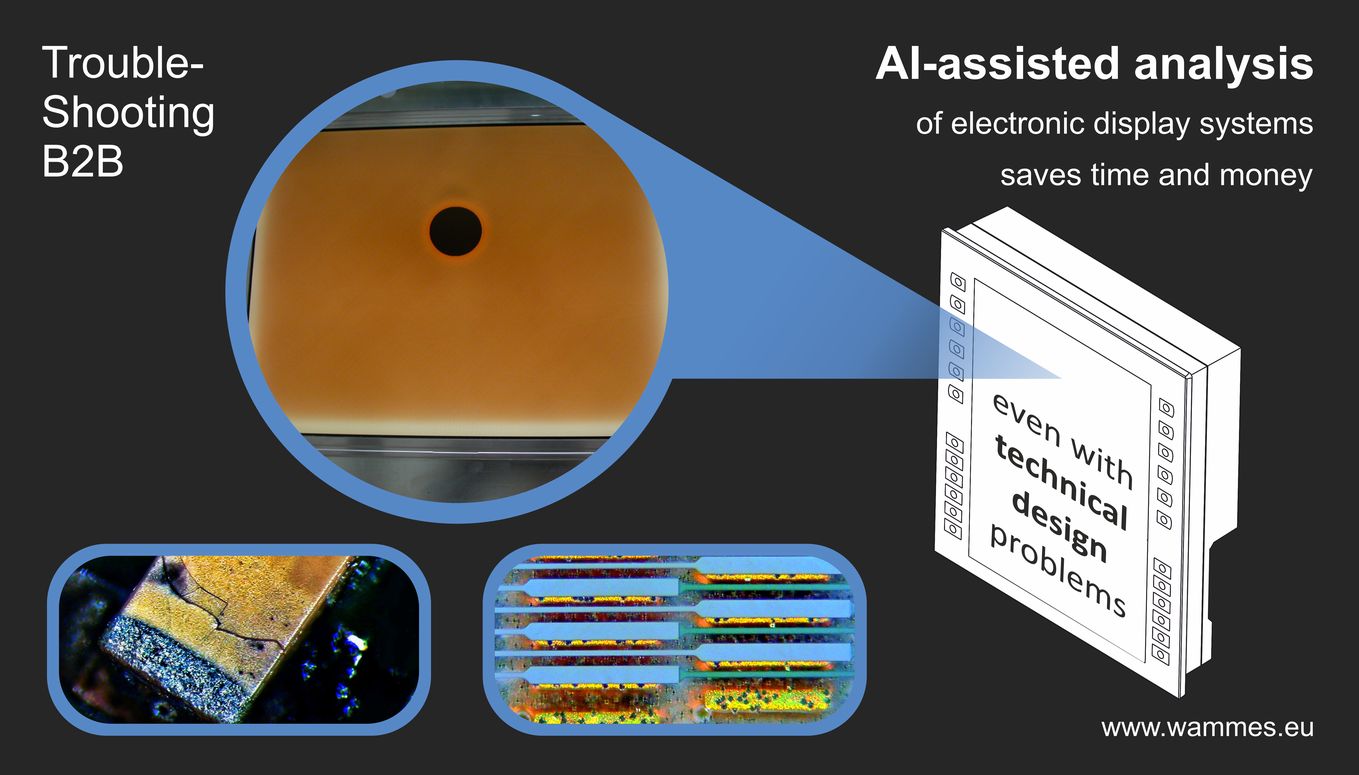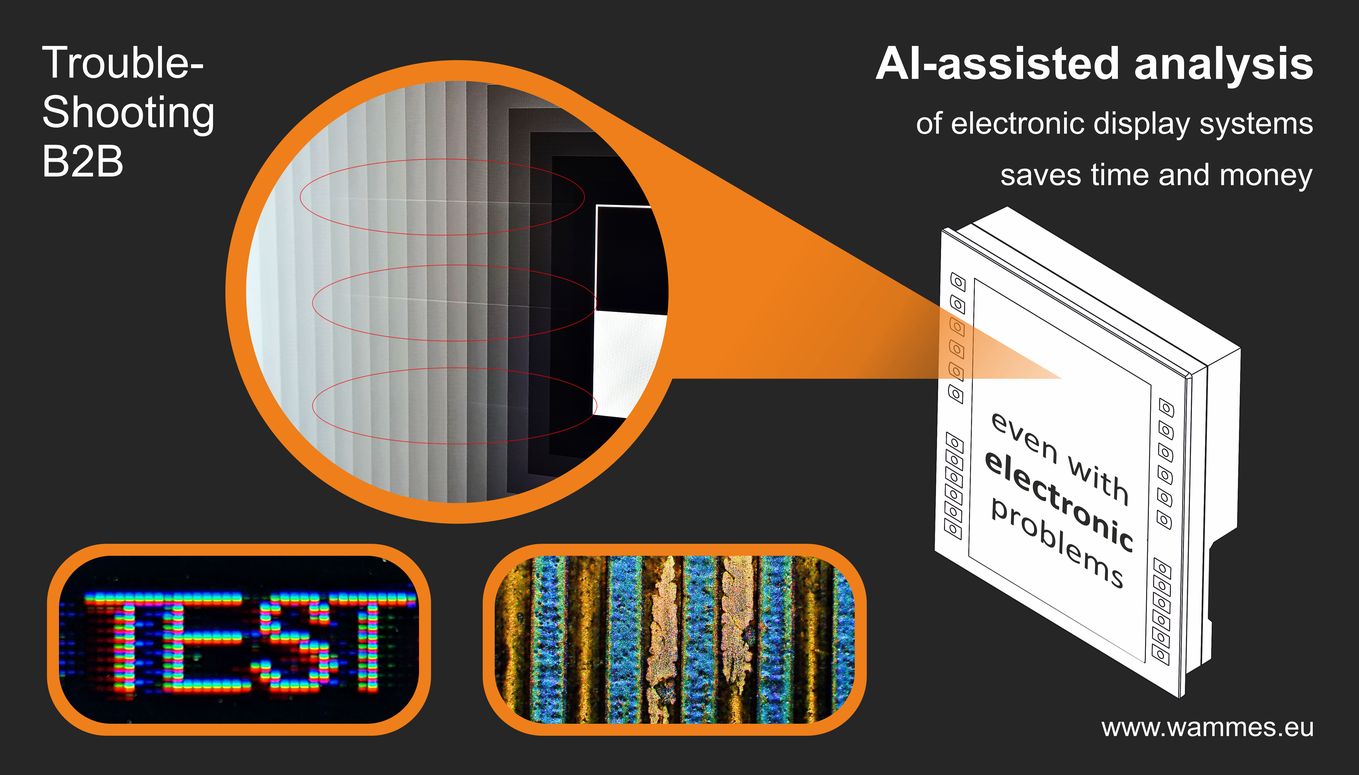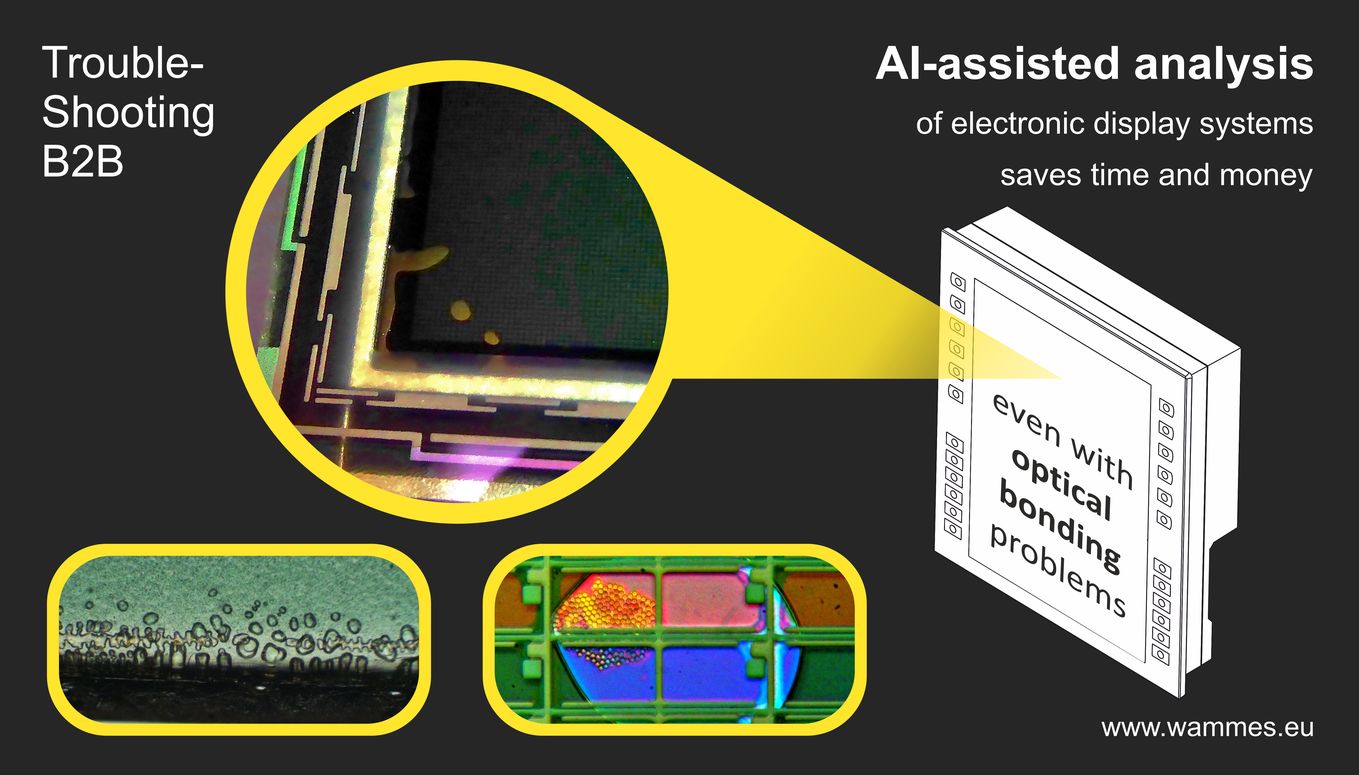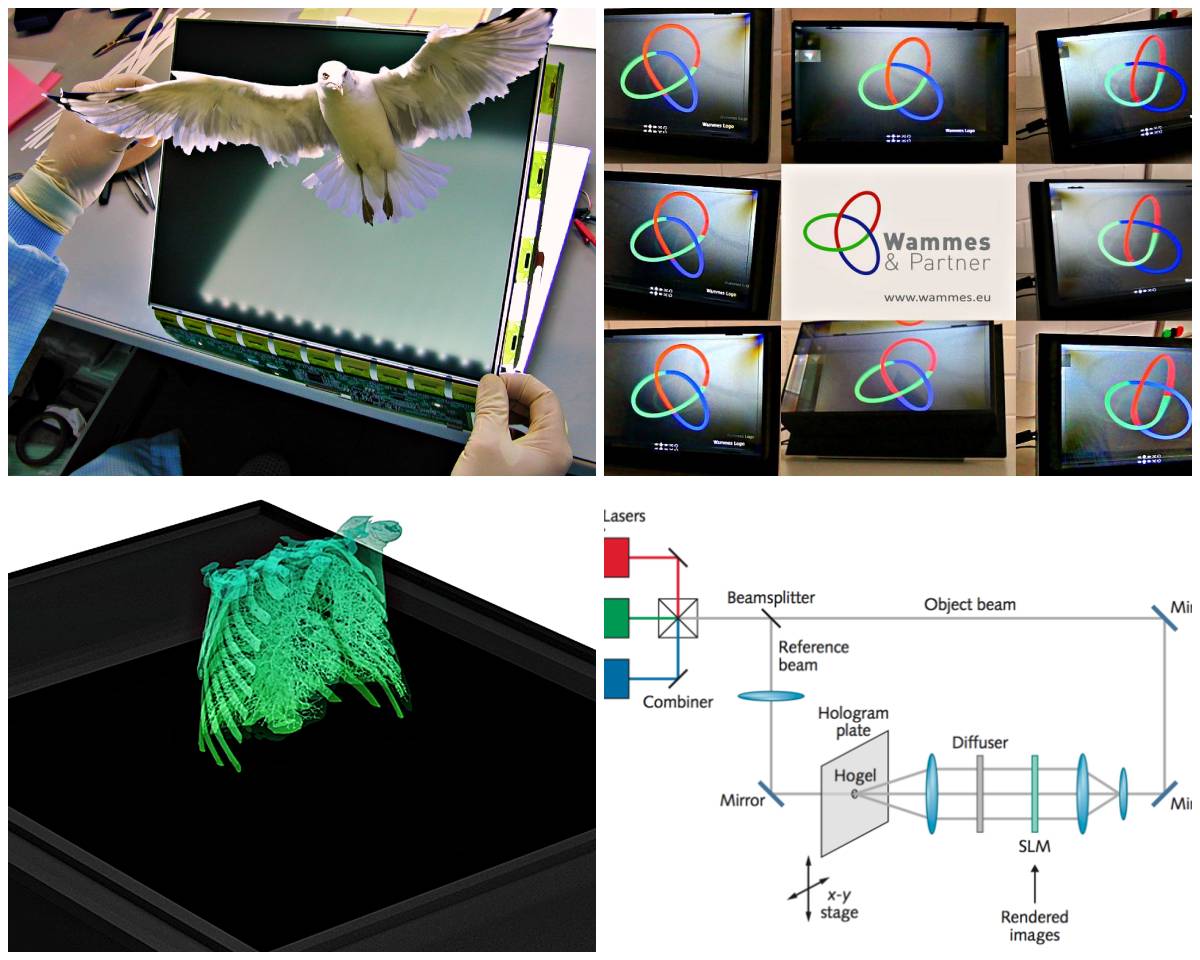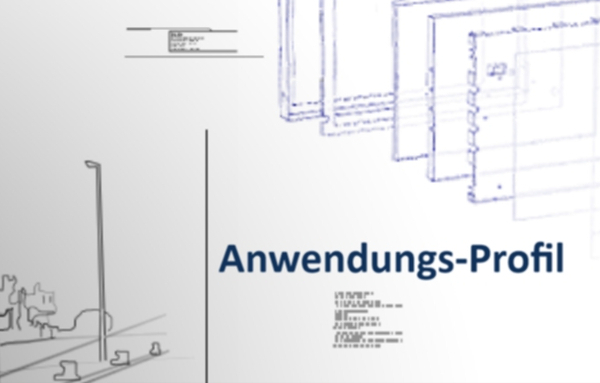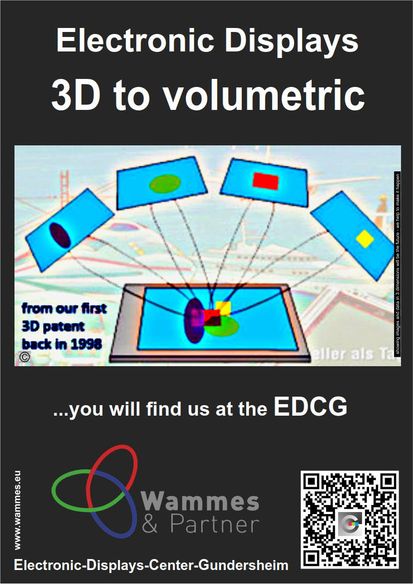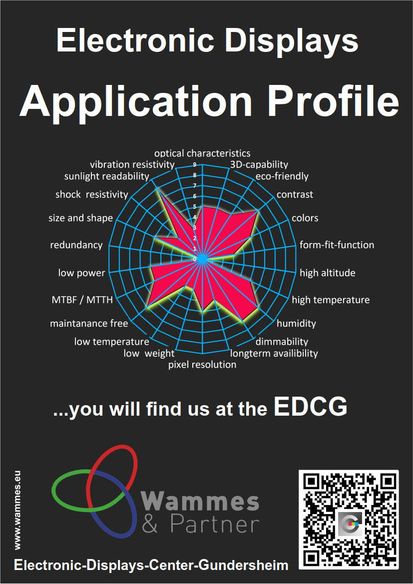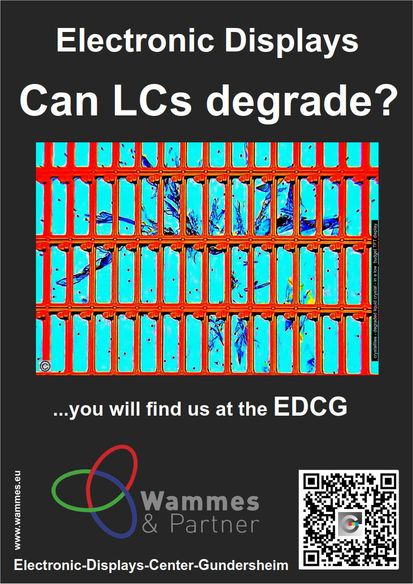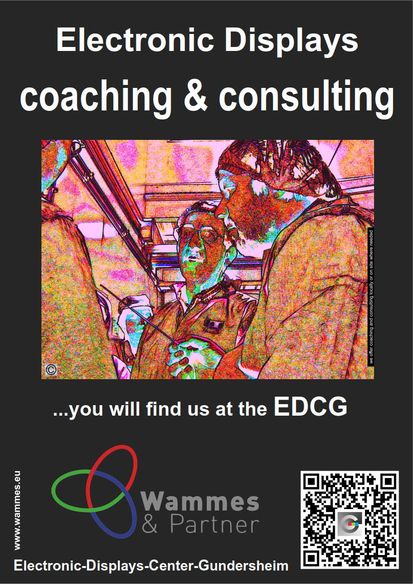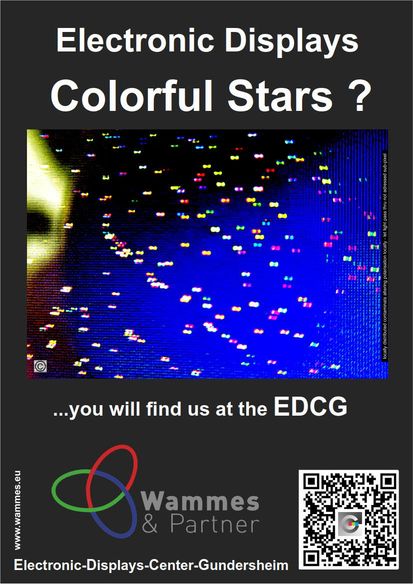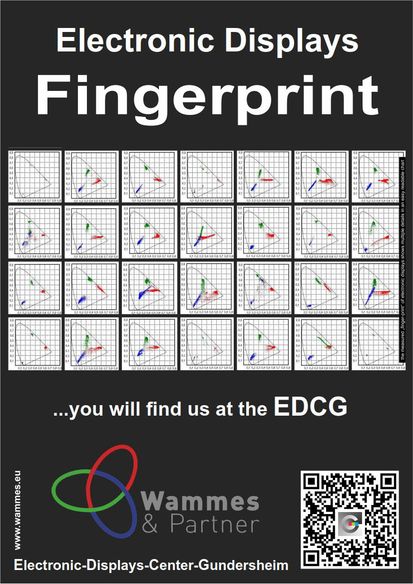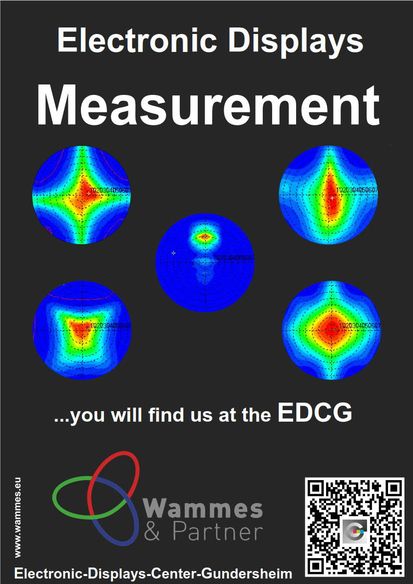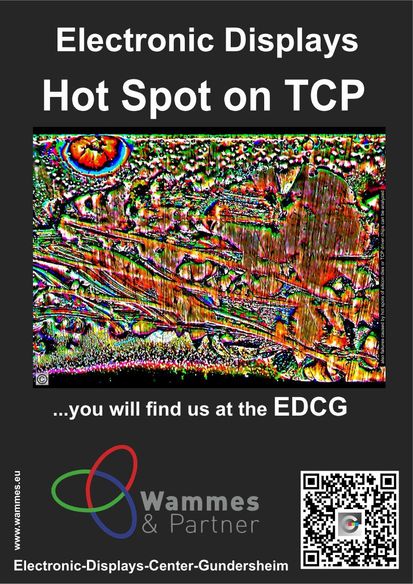Who's gonna pay for that?
Display trends are hypothetical, technical implementation is slowed down by Ratio - a journey through time
Where are the display trends heading? From a technical point of view, the answer to this question promises numerous wonderful possibilities such as extended specification and functionality or further specialisation. However, the main trends are towards many new features that are as marketable as possible. Unfortunately, one trend in particular that has been going on for a long time is becoming much more prevalent: the "80/20" principle. From shoe manufacturers to software developers, the rule is that 80 percent functionality and perfection can be achieved with 20 percent effort. That should then also be enough! Because: For the last 20 percent functionality, developers and manufacturers have to invest an additional 80 percent effort. In other words, four times the effort for supposedly only a fifth more functionality. In the end, no one wants to pay this one hundred percent. Development trends are therefore only hypothetical and show what would actually be technically possible.
This is precisely the problem with forecasts of where developments will technically go. Or rather could. A lot can already be achieved technically. For example, touch is increasingly becoming gesture control. The next variant is then direct optical recognition, in which the display virtually looks at the user. This makes it possible, for example, to recognize written commands on a sheet of paper or to directly scan a business card held in front of the display and enter the relevant data directly into the user's own database. However, this dream of the future, which will be presented at trade fairs for example, will most likely not come onto the market so easily and not just like that. Nobody can or wants to finance showcase products from development "just like that" in series production. This is where the 80/20 decision-making process begins, according to the motto "what can I take over from the beautiful, fully functional, so that it still looks as beautiful as possible, but doesn't cost the beautiful" or "that it looks like more than it actually costs".
Welcome to reality
A simple, provocative calculation provides the proof: A product consists of 20 components, for example. Each of them achieves only 80 percent functionality. In order to determine how good the sum of the parts can be, these 80 percent must be multiplied 20 times. A short 80 % x 80 % x 80 % (...) x 80 % typed into the calculator shows the sad, exponentially shrunk result of just under one percent. In comparison: With 99 percent functionality and quality of the individual components, the result is around 80 percent. This result shows that statistically only about one or 80 percent of the products made from these components would be really perfect. In fact, manufacturers would get a lot for the - admittedly higher - additional expenditure: The real compliance with the promoted properties and the compliance with the desired specification. Or in short: a product that as a series product really can do what it promises as a promotional sample. Including all positive side effects such as customer satisfaction and loyalty as well as the reputation as market expert and leading company.
Unfortunately, the first-mentioned equation still works through marketing glasses. For a long time now, companies have no longer been concerned with technicians making decisions. After all, if there are problems after the sale, a different department than marketing or purchasing is responsible. On the one hand, marketing differentiates which specifications, features or extras a device must have in order to stand up to the competition. At the same time, the product must cost less and less. Back to the calculation example, this means that the percentage of really perfect products in a series product is getting smaller and smaller. In some cases this means burning batteries. In others, it means that a product will actually be perfectly specified for a very specific condition and will look and work wonderfully. For example: Living room, 25 degrees, 55 percent humidity, no vibrations. But: apart from that, the further away the devices are from these specified ideal conditions, the worse the usability of the devices becomes. In addition, the fact that such products do not have a long service life in less than ideal areas of application makes it even more difficult.
Whoever falls into the wrong, pays the costs
The producers themselves are partly to blame for this development. Only 15 years ago, attempts were made to master individual production steps technically as far as possible and to optimise them in such a way that functionality was maintained under all known conditions. This also included margins for safety. The development of a display was designed in such a way that its resolution, temperature or size was perfectly suited to a certain specification or a certain area of application. Thus it could be used for all applications within this specification. However, as the processes were better understood, the (safety) margins became smaller and smaller. As a result, the effort, duration and materials required for processing became less and less in order to be able to react to the constantly growing cost pressure. Finally, many product variants were eliminated without replacement. Unfortunately, this also meant the possibility of operating devices in different conditions in a sensibly adapted manner. As this was no longer sufficient, marketing and product development started to add a number of marketable features that could be implemented as cheaply as possible in order to remain competitive.
For new features, however, the accustomed expertise of technology development is often no longer available, as many preventive costs have often been "de-invested". At the same time, the achievable prices were already too low to invest in product safety again. And so the circle closes: All new features are also at least one new power in the equation, with a new independent quality situation. With more features, the display can do more, but in terms of quality, stability and precision, it is often significantly worse or more unstable than a series product. Devices today can only fulfill the one narrow range for which they were really specified. The fact that temperature differences, for example, already cause the failure of a device used at a bus stop instead of a shopping mall is of no interest. No matter how promising the wonderful, modern features are - at first sight.





